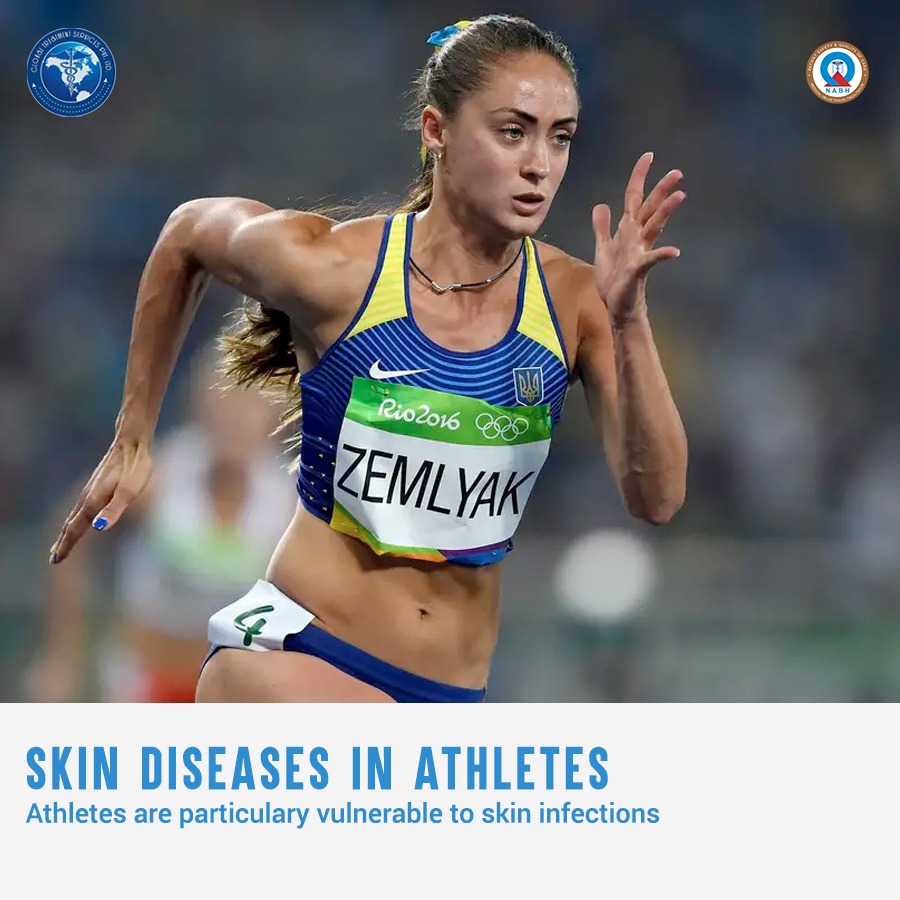Overview
Epidermolysis bullosa (ep-ih-dur-MOL-uh-sis buhl-LOE-sah) is a rare genetic condition that causes fragile, blistering skin. The blisters may appear in response to minor injury, even from heat, rubbing or scratching. In severe cases, the blisters may occur inside the body, such as the lining of the mouth or stomach. Epidermolysis bullosa is inherited, and it usually shows up in infants or young children. Some people don’t develop symptoms until they’re teens or young adults. Epidermolysis bullosa has no cure, but mild forms may improve with age. Treatment focuses on caring for blisters and preventing new ones. In some cases, blisters form inside the body in places such as the mouth, esophagus, other internal organs or eyes. When the blisters heal, they can cause painful scarring. In severe cases, blisters and scars can harm internal organs and tissue enough to be fatal. EB affects everyone. People of all sexes, races and ethnic backgrounds can have EB. However, you’re more likely to have EB if you have a parent with the disorder. Severe cases of EB may cause blisters in your eyes, which can result in vision loss. It may result in severe scarring and deformities of your skin/muscles, making it difficult to move your fingers, hands, feet and joints. Some people with EB are at an increased risk of developing a type of skin cancer called squamous cell carcinoma. Death can sometimes occur during infancy due to severe infection (sepsis), breathing problems due to blocked airways, dehydration and malnutrition. It depends on what type of EB you have. Mild cases of EB aren’t fatal. People with severe cases of EB have a life expectancy that ranges from infancy to 30 years of age. EB isn’t contagious. It’s usually an inherited disorder.
Causes
A mutation (defect) in one of 18 genes causes EB. People with the disorder have a missing or damaged gene that affects a protein used to make collagen. Collagen gives connective tissues, like skin, their strength and structure. Because of this defect, the epidermis and dermis layers of your skin don’t bind together as they normally would. This results in skin that’s fragile and blisters and tears easily. EB is usually an inherited disorder, which means that one parent may have it and pass it down to their children. In rare cases, EB may also be an acquired autoimmune disorder.
Symptoms
Some symptoms overlap between the types. Symptoms of EB include:
- Blisters on your skin (hands, feet, elbows and knees) or inside your body.
- Thickened calluses on the palms of your hands and soles of your feet.
- Anemia (low levels of red blood cells).
- Fused (attached) fingers or toes.
- Deformed and/or thickened fingernails and toenails.
- Small white bumps on the skin (milia).
- Difficulty swallowing (dysphagia).
- Lack of expected growth in an infant.
- Teeth that don’t develop into an expected size (hypoplasia).
Diagnosis and Tests
Doctors diagnose EB with a test called a skin biopsy. In this test, a doctor removes a small skin sample and studies it under a microscope.
A genetic test can confirm the type of EB by identifying the defective gene. A prenatal genetic test can confirm if parents are at risk for having a baby with EB.
Management and Treatment
There is no cure for EB. Treatment helps:
- Prevent blisters from forming.
- Care for blisters and skin so that complications don’t occur.
- Treat nutritional problems that may occur due to blisters in the mouth or esophagus.
- Manage pain.
To avoid damage and friction that may cause the skin to blister or tear, doctors recommend:
- Wearing soft, loose-fitting clothing made out of natural fibers. Turn clothing inside-out to avoid contact with seams.
- Avoiding getting too hot; keep rooms at a comfortable and even temperature.
- Staying out of the sun or wearing sunscreen.
- Applying special bandages to protect the skin — use nonadhesive (doesn’t stick to skin) bandages and tape and rolled gauze.
To treat blisters, your doctor may recommend:
- Treating wounds daily with ointments.
- Using medicated bandages to help blisters heal and prevent infection.
- Taking medications to manage pain.
To treat infections, your doctor may recommend:
- Taking antibiotics by mouth or applying antibiotic cream.
- Using a special wound covering for sores that don’t heal.
To prevent nutrition problems due to difficulty eating because of blisters in the mouth or esophagus, your doctor may recommend:
- Using a baby bottle with a special nipple.
- Feeding your baby with an eyedropper or syringe.
- Adding liquids to mashed foods to thin them down, making them easier to eat.
- Eating a diet of soft foods, such as soups, mashed foods, pudding and applesauce.
- Serving foods at a warm (not hot) temperature.
- Seeing a dietitian to monitor your special nutrition needs.
For severe cases of EB, you may need surgery. Surgery will widen the esophagus (the tube leading from the mouth to the stomach) if blisters and scarring have caused it to narrow. Inserting a feeding tube directly into the stomach, bypassing the esophagus entirely, is another option for some people. Surgery also separates fingers or toes that have fused from the btreatment listers.
To conclude, if you know any one who are facing this disease can share their latest reports via email query@gtsmeditour.com or you can whatsapp on +91 9880149003, we shall help you with the best available treatment options and do the needful.
Happy to assist..
Thank you..!

